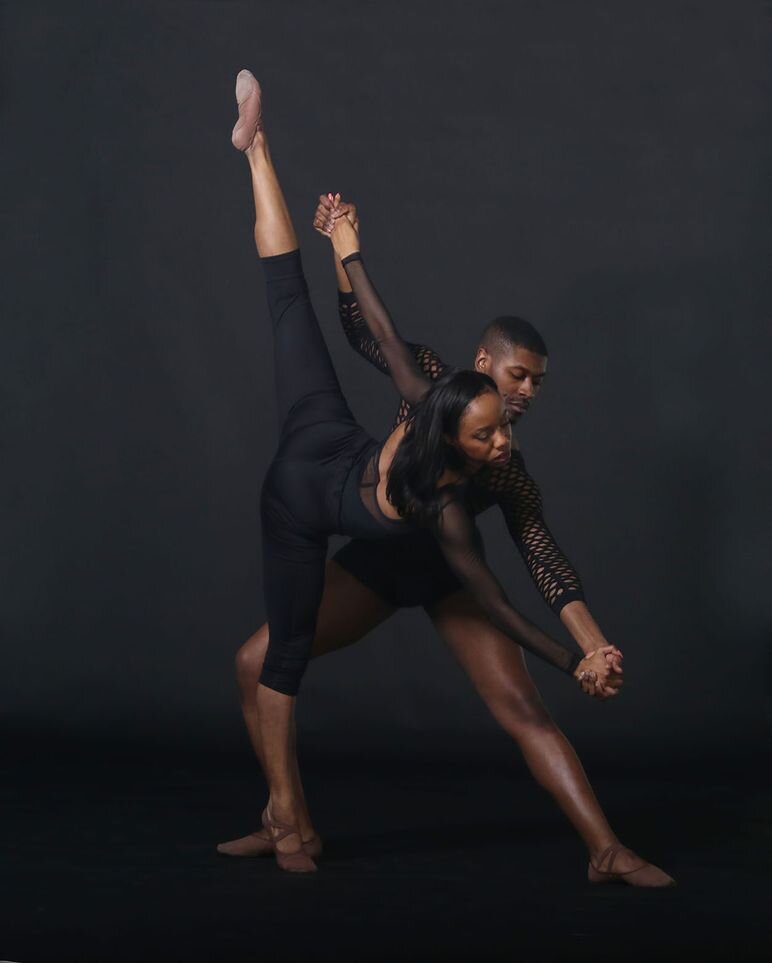In Navagraha: 9 Energies Within & Without, creators/directors Shobha and Aishwarya Subramanian shrank the size of the universe to a single stage in an engaging portrayal of ancient Indian astrology. Danced by the Jayamangala Group, with original music by Ramya S. Kapadia and original art by Maryland-based artist Shanthi Chandrashekhar, Navagraha was performed in the South Indian classical style Bharatnatyam. The company distilled the often abstract and technically complex Indian study of astrology (more commonly known as Vedic or Hindu astrology) to expand the audience’s understanding of the universe.
No matter the cultural tradition, one of the most universally compelling aspects of astrology is how the movements of the planets potentially impact an individual’s life. Navagraha made that connection immediately. In distinct pieces, with a mixture of narrative form, pure dance, and English voiceover, Navagraha highlighted the celestial bodies and their qualities: Surya (the Sun); Chandra (the Moon); Mangal (Mars); Budha (Mercury); Brihaspathi (Jupiter); Shukra (Venus); Shani (Saturn); and Rahu and Ketu (North and South lunar nodes and notorious bringers of eclipses).
The performance also wove these planetary forms into the traditional structure of a typical Indian classical dance performance: the show began with a spiritual invocation to Surya, the sun and the giver of life, and ended with an energetic pure dance piece describing the rare eclipses caused by Rahu and Ketu.
It was clear that the music, choreography, and narration were selected with great intention for each piece. In Chandra (the Moon), the dancers arrayed themselves in ascending angles, forming the phases of the moon with their hands.The music employed a foundational but important South Indian melody and rhythm, and the dancers’ movements were more deliberate and grounded, emphasizing the constant presence of the moon in every individual’s life. The overarching metaphor about the phases of the moon relating to a human’s overall life had more resonance as a result.
In contrast, Shani (Saturn) delivers justice to humans based on their bad deeds, also known as karma, and rewards them for being good. The duality of reward and punishment was captured in a lively dance-talking piece featuring two back-to-back dancers in the center, who are gradually overwhelmed by a circle of dancers thumping their feet in rhythm, pointing at the center and chanting, “It’s your fault.” When the center dancers break apart, they converse in a lighthearted voiceover about good deeds and bad deeds, with a dancer portraying Shani slyly acknowledging that this form of justice is a “little more complicated” than a binary system of punishment and reward.
Few Indian classical dancers stray from the traditional costume, which mimics a wrapped and draped sari but allows for freedom of movement. The colors in Navagraha – blues and silvers suggesting a starry night – were lovely. It did seem that costuming touches or changes in color could have made the overall narration pop. Nowhere was this clearer than in the Shukra (Venus) piece, where pairs of dancers held gauzy white veils before their faces to evoke both the femininity of Venus and the danger of succumbing to vanity. The veils were dropped shortly after the piece began, but they left a lasting impression.
Navagraha’s spin on the traditional ending piece in a classical performance – a highly energetic, pure dance otherwise known as a thillana – was a joy to watch. Introducing Rahu and Ketu, dueling lunar nodes who cause eclipses, the dancers split up into groups and did the thillana in competition. They crisscrossed each other in solid lines, circled each other, and engaged in structured call-and-response style dance sets, alternatively speeding up the rhythm and slowing down. It is common for the thillana to highlight geometric formations and variations of speed, but it was inventive to see these elements used to depict a lunar eclipse.
In a talkback after the show, it was clear that this was a fully coordinated effort among dancers, musicians, and visual artists – from Shanthi Chandrashekhar’s background artwork, to Shobha and Aishwarya Subramanian’s directing work, to an open choreography process involving all of the individual dancers. Navagraha struck a pleasing balance between pushing boundaries and drawing inspiration from the strength of the classical tradition.
Photos courtesy Jayamangala Group
















